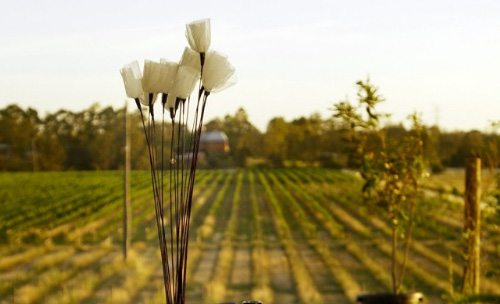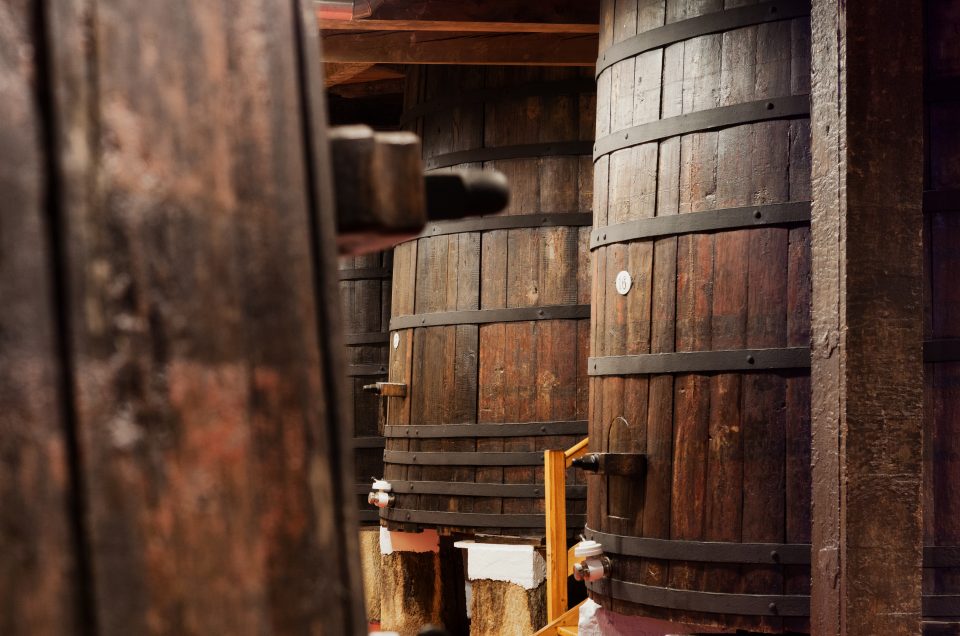The cellar door is more an historical term. When wineries began dispensing wine samples from their premises it was usually from the wine cellar where all the wine was stored either as packaged bottles or in oak barrels. So the term cellar door emerged.
These days whilst cellar door is the term used, the wine tasting is conducted in a purpose-built area which is remote from the wine production and storage area. This offers better presentation of the wines and separation from work areas which may put people at risk from injury.

What makes a good cellar door experience?
An early if not instant greeting by cellar staff gives recognition that you have arrived and are going to receive attention. A venue that presents well and appears to have a welcoming ambience certainly helps.
The undivided attention of cellar staff to you and group is desirable. Cellar staff should give a background relating to the venue and wine range, coupled with the provision of wine tasting notes for you to follow as you taste.
Instructions on how to hold the glass, how to taste and what to look for in a wine – using sight, smell, taste and memory is a great addition.
A good verbal explanation of each wine as it is tasted re: variety, vintage, characteristics and what type of food it best suits is great education.
Taste a good representation of the range of wines. However, a maximum of 6-8 different wines is ideal. Beyond that it gets a bit confusing for the memory.



